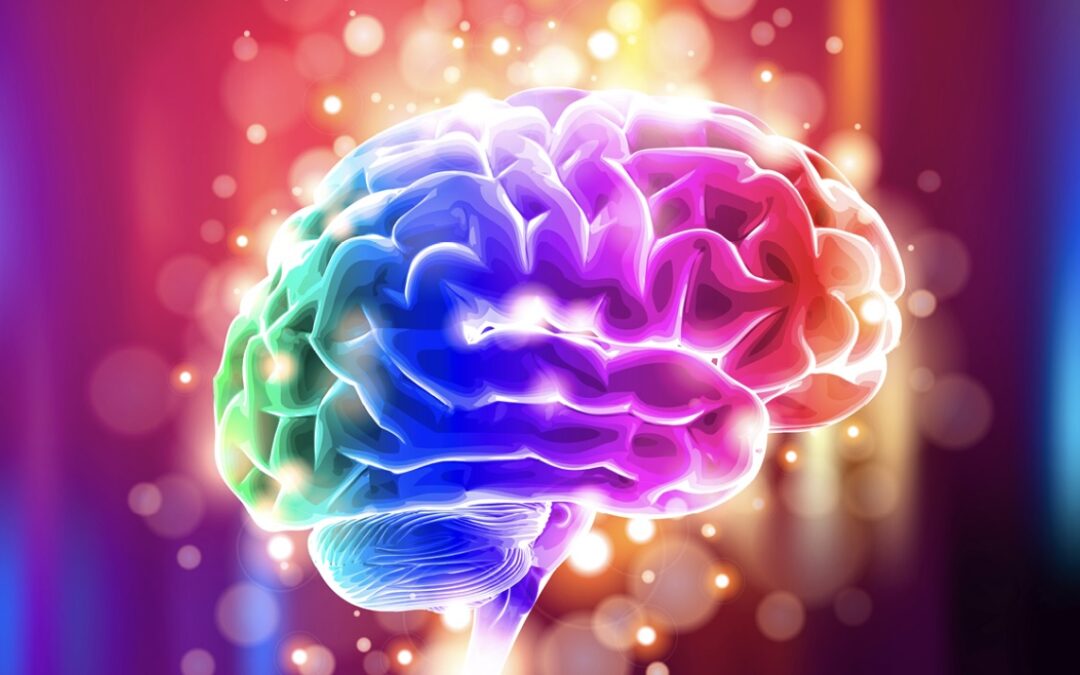This is my takeaway notes: 14th Swiss Biennial on Science, Technics + Aesthetics
2022 topic is Rethinking Consciousness and the Mind.
Thupten Jinpa Langri
The nature of consciousness via a buddhist introspective method
How can science, whose method of inquiry is modeled on examining matter through an objective third-person approach of looking from the “outside”, get a handle on consciousness whose defining characteristic is “inner” and subjective?
This question pointing at the possible incommensurability between the method and the object of inquiry, captures the fundamental challenge of any systematic approach to understanding consciousness through science as we define it today.
In his keynote, Dr Jinpa addresses consciousness from both the brain side and from the mind side, that according to Buddhist theory, consciousness is not looked at with a reductionist approach (like science does) rather consciousness is perceived as a whole.
In comparison with science, which the fundamental belief is that matter is only physical in the world. In Buddhist theory, there are two fundamental matters, the consciousness(non-physical) and the matter (physical). There are three levels of consciousness, 1: the intentionality; 2: subjectivity (own experience); 3: reflectivity (ability to reflection as per my understanding)
Buddhist understanding of consciousness consists of two main factors: first of all the clarity- luminosity (the ability to reveal objects, it is self illuminating); and second, emptiness. Here the word emptiness may bring some misunderstanding, the belief here is not to emphasize (nothingness) but to emphasize the contrast to matter, it is a sense of absence.
I must say as I listened to the keynote, I was deeply touched by how precise and concise Dr Jinpa uses the language. In essence, the Buddhist concept of consciousness is a radical “otherness” in relation to matter, and it is self reflective.
Then the natural next question might be how to cultivate the nature of consciousness? Dr. Jinpa brings attention to a type of introspective method that is found in the Buddhist tradition, especially in the Tibetan Mahamudra, as a form of inquiry into the “nature of consciousness”. The method involves drawing one’s mind inwards, through a gradual process of resting one’s attention on the body and breath eventually letting go of any object of focus so that what is basic to consciousness can become “manifest”.
Based partly on this kind of inquiry, the Buddhist thought characterises consciousness, at its basic level as “luminous, aware, and absence”.
Here some of my humble thoughts since I’m not a scientist. What I’m mainly curious about is how to practically make sense of consciousness? And what are methods that one can apply to live a more conscious life in today’s world that has increasingly frantic energy? My personal experience led me to meditation, a way explained above to cultivate ability to experience the mind. Through this door way embracing a life that feels more alive, along with many other insights.


